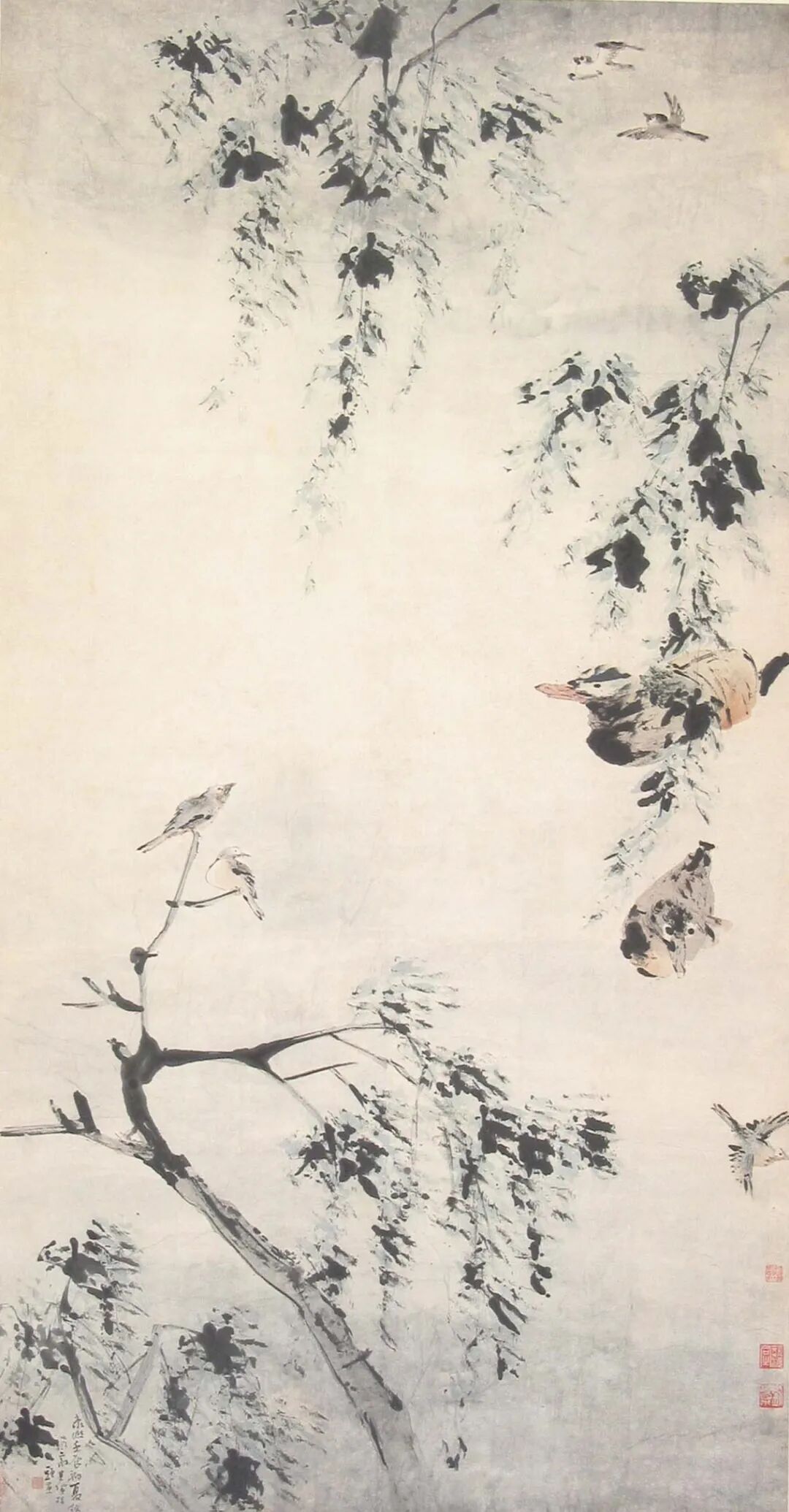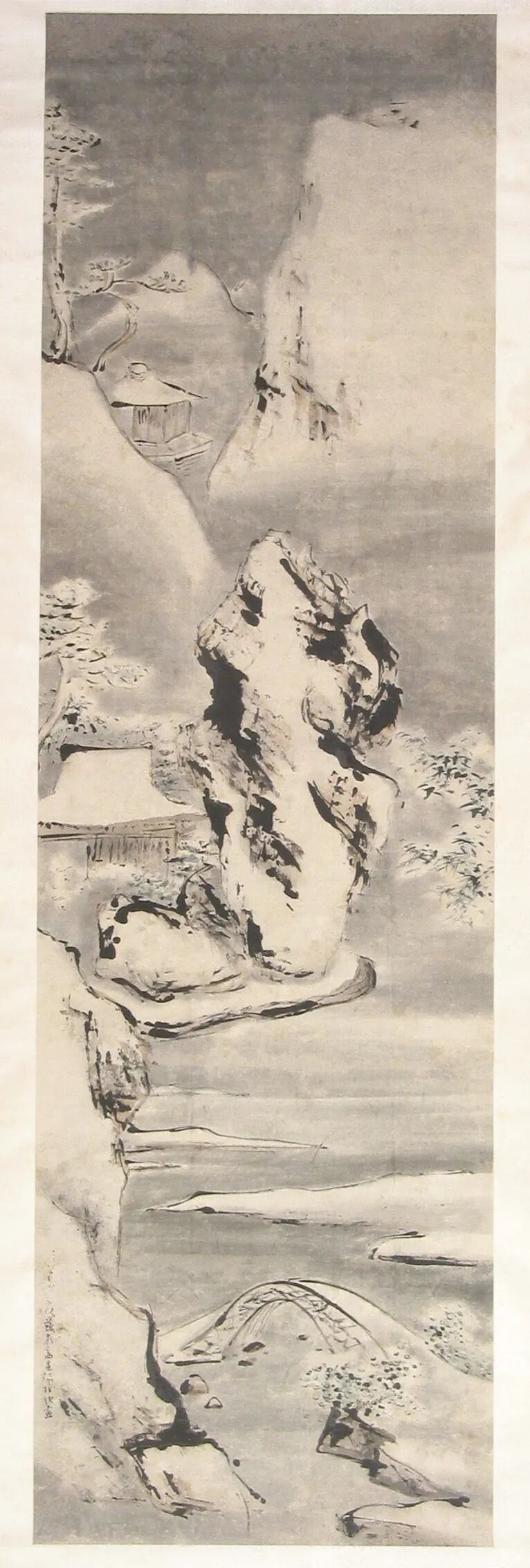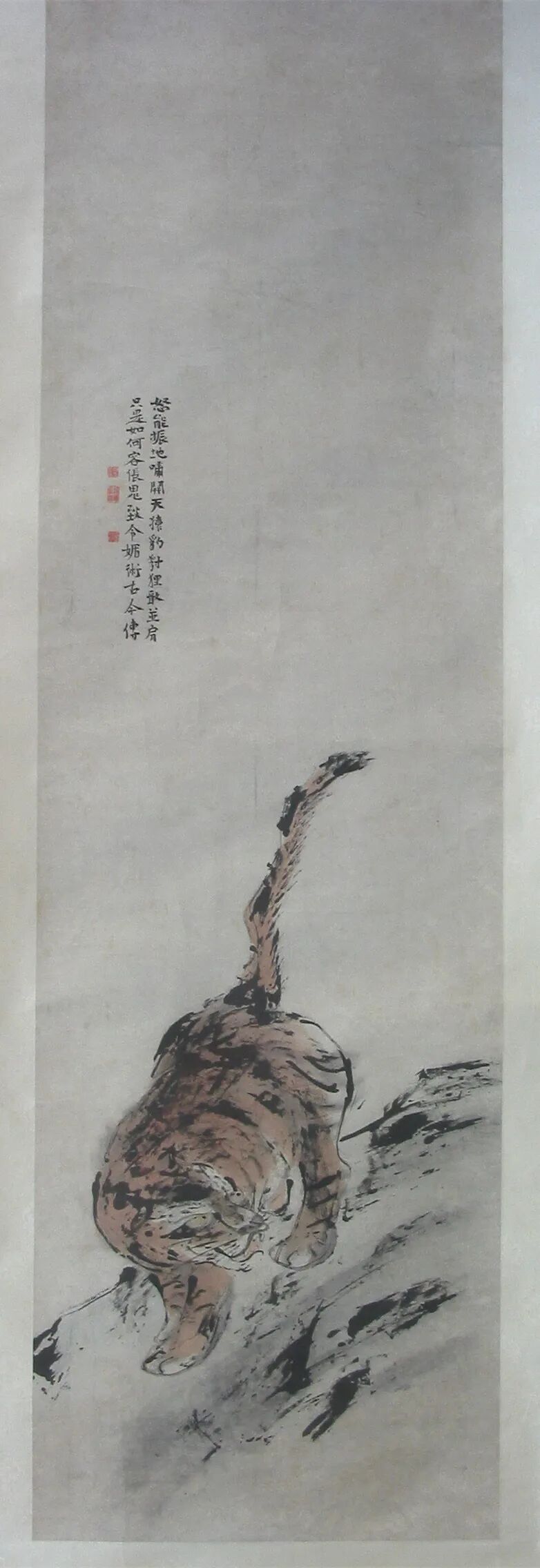
In Chinese painting, there is a unique technique known as finger painting, which involves using fingers to dip ink instead of the traditional brush. Among the most famous finger painters, Gao Qipei, a painter from the Qing Dynasty, is a prime example.
The Paper has learned that on September 17th, the exhibition "Where is the Founding Master? Finger Paintings Passed Down Through the Ages—Gao Qipei and Tieling Contemporary Finger Painting" officially opened at the Shenyang Palace Museum. Bringing together 14 pieces (sets) of Gao Qipei's finger paintings from the Shenyang Palace Museum and 20 works by contemporary finger painters from the Tieling Museum collection, the exhibition celebrates both Gao Qipei's artistic spirit and the vitality of contemporary finger painting.
Gao Qipei (1660-1734), courtesy name Weizhi, alias Qieyuan and Nancun, was a native of Tieling (present-day Liaoning). During the reign of Emperor Kangxi, he was transferred from Suzhou prefect to Sichuan provincial governor through imperial patronage. During the reign of Emperor Yongzheng, he was promoted to commander-in-chief, but later dismissed. However, he is best remembered as the founder of the finger painting school.

Plank Road Scroll
Gao Qipei was a painter from a young age, and early on he studied traditional painting. His landscapes and figures were influenced by the Ming Dynasty painter Wu Wei, and his flower and bird paintings were inspired by Yuan Dynasty artists Chen Lin and Zhang Shouzhong. In middle age, frustrated by the lack of a unique style, he boldly abandoned the brush and used his fingers instead, creating a new school of finger painting.
Gao Qipei's finger painting art achieved the sublime realm of "the painting fully expresses the meaning" and "the meaning lies beyond the painting." He used his fingers as brushes, flexibly employing his fingertips, fingerpads, nails, and palms, depending on the subject being depicted. In his painting theory "On Finger Painting," Gao Bing, a Qing Dynasty scholar, detailed Gao Qipei's finger painting techniques, including brushwork, ink application, color dipping, and rendering, as well as his use of paper, seals, dyes, and inscriptions. He wrote: "Those who use their fingers, rather than the brush, can achieve what the brush cannot. The finger can convey the spirit, and what the finger can achieve, the brush cannot... The ink must be applied to all five colors, leaving no trace. This is a masterful technique. The traceless nature of the finger's ink is particularly natural, and therefore it can surpass the brush's."

Mandarin Ducks in Willow Pond Scroll
He excelled in depicting a wide range of subjects, including landscapes, figures, flowers, insects, and birds. His landscapes are majestic yet elegant, with mountains and rivers possessing a profound atmosphere and gardens expressing a profound and secluded charm. His figures often embody his own personal sentiments and ideals. His animal paintings are particularly exquisite, with fish and shrimps vividly portrayed and eagles and tigers imposing and powerful.

Snowy Landscape Scroll
The "Snow Scenery Landscape Scroll" exhibited this time depicts snow-covered peaks, quiet ravines, pavilions hidden in the corners of the mountains, and stone bridges across the streams. The whole picture creates a quiet and lonely atmosphere, showing the clear and vast scenery of winter mountains and rivers.

Tiger Roaring Scroll
The "Tiger Roaring Scroll" depicts a tiger standing at the foot of a hill, leaning forward to gather strength, with its tail raised and its back arched. The markings are outlined with thick and powerful ink, and the tiger's eyes are bright and imposing.

Pine and Deer Scroll

Fish and Prawns Playing in Water Scroll
Gao Qipei's finger painting art had a profound influence on later generations. Li E, one of the "Eight Eccentrics of Yangzhou," and Gao Fenghan, also a member of the Yangzhou School of Painting, were his students.
The exhibition, divided into sections such as "Mountains, Rivers, and Plants: A World Painted with Fingerprints" and "The Power of Hair, Feathers, Scales, and Ink," comprehensively showcases the rich diversity of Gao Qipei's finger painting art. In addition to Gao Qipei's works, the exhibition also features works by contemporary finger painters, including Yang Yimo, Director of the Liaoning Provincial Finger Painting Art Committee, and Zuo Qun and Du Lichun, members of the Chinese Artists Association. These works inherit Gao Qipei's finger painting techniques while incorporating the innovative explorations of contemporary artists, showcasing the vitality of finger painting.

